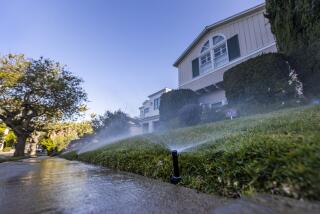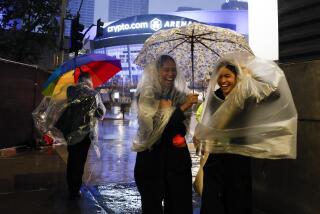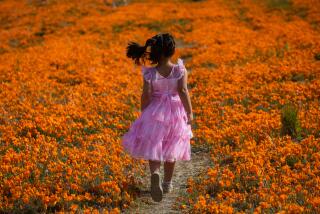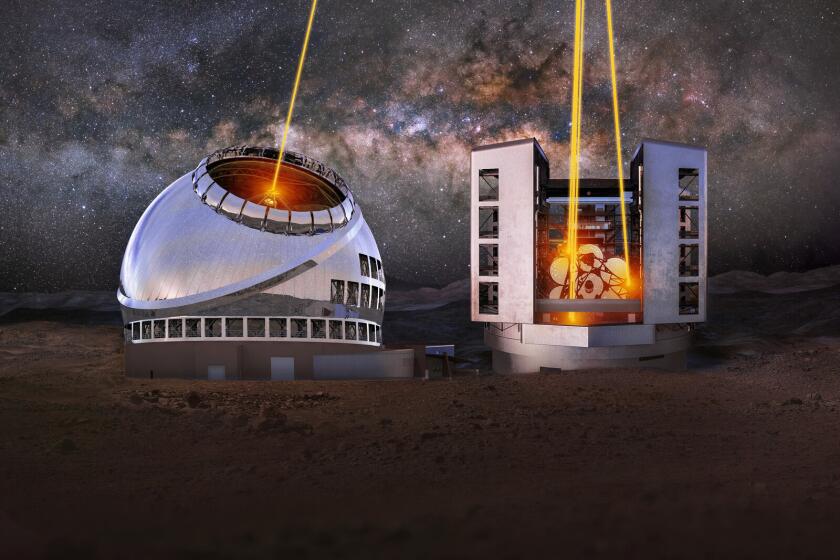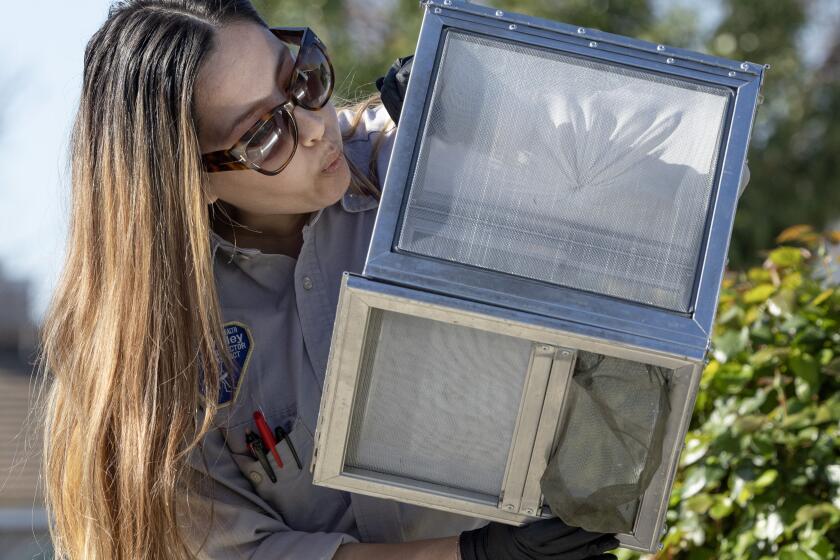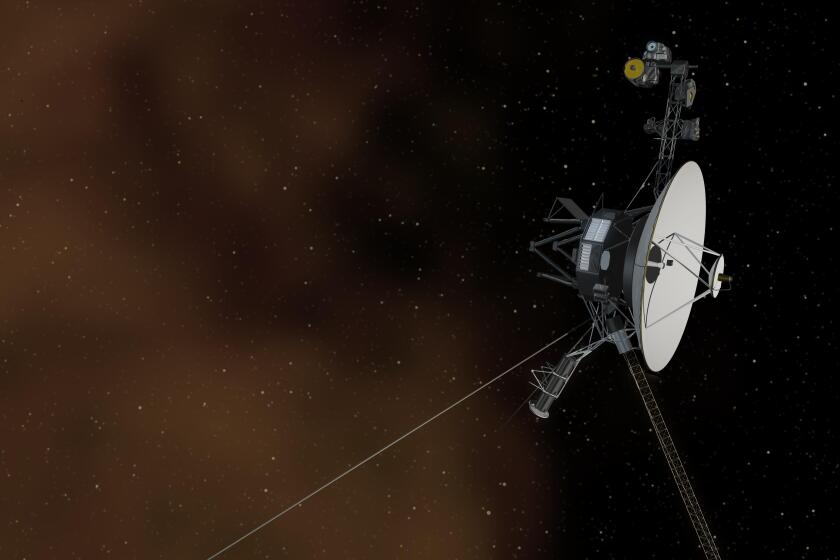Satellite images reveal shocking groundwater loss in California
The severity of California’s drought continues to shock, with the latest example coming courtesy of NASA.
The space agency’s two Gravity Recovery and Climate Experiment, or GRACE, satellites have been been in orbit since 2002, making highly sensitive measurements of Earth’s gravity field. Variations in the gravity field can be caused by a number of factors, including the amount of water stored underground in soil and rocks.
This week, scientists working on the GRACE mission released a series of images that reflect the drastic loss of groundwater over the last dozen years.
The image on the left was taken in June 2002, just three months after GRACE was launched. The one in the middle was taken in June 2008, and the one on the right is from June 2014.
These are not satellite photographs. The colors indicate how much groundwater has been lost over time.
Worst hit, according to NASA, are the Sacramento River and San Joaquin River basins, where water has been pumped out to support agriculture in the Central Valley and elsewhere. Since 2011, the amount of water removed from these river basins each year added up to 4 trillion gallons. That’s “an amount far greater than California’s 38 million residents use in cities and homes annually,” NASA noted.
“Most climate models indicate that by the end of this century, the dry regions of the world will become drier,” hydrology researchers James S. Famiglietti of UC Irvine and Matthew Rodell of NASA’s Goddard Space Flight Center in Greenbelt, Md., wrote in a Perspective essay published last week in the journal Science. “Meanwhile, groundwater reserves, the traditional backup for water supplies during extended periods of drought, are in decline globally.”
And especially in California.
The GRACE mission is a collaboration between NASA and the German space agency DLR. The mission is managed by the Jet Propulsion Laboratory in La Canada Flintridge.
Science isn’t dry! Follow me on Twitter @LATkarenkaplan and “like” Los Angeles Times Science & Health on Facebook.
